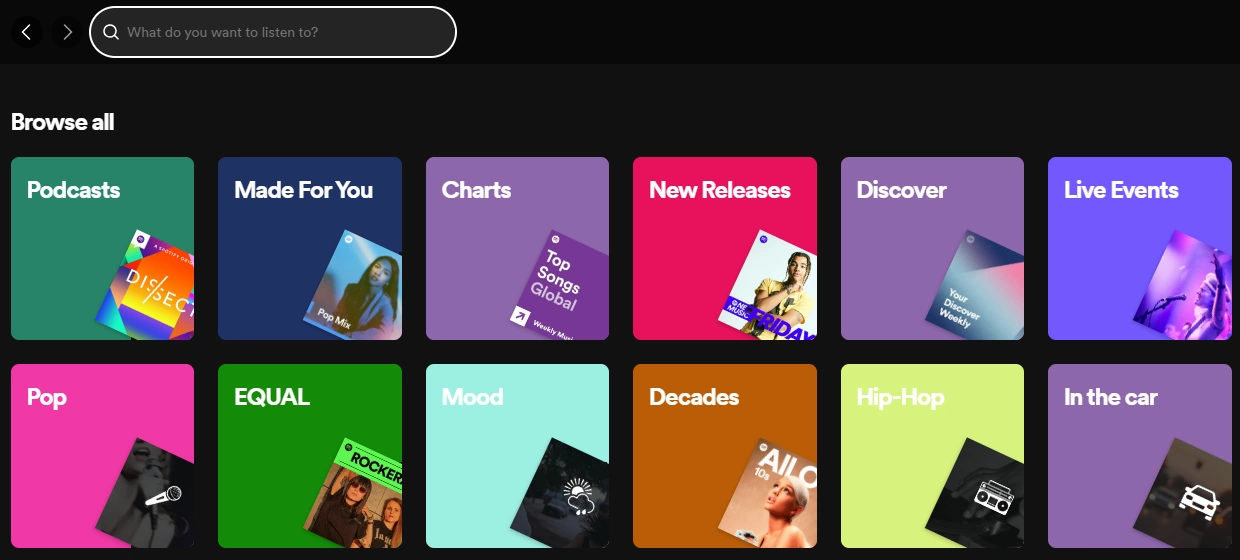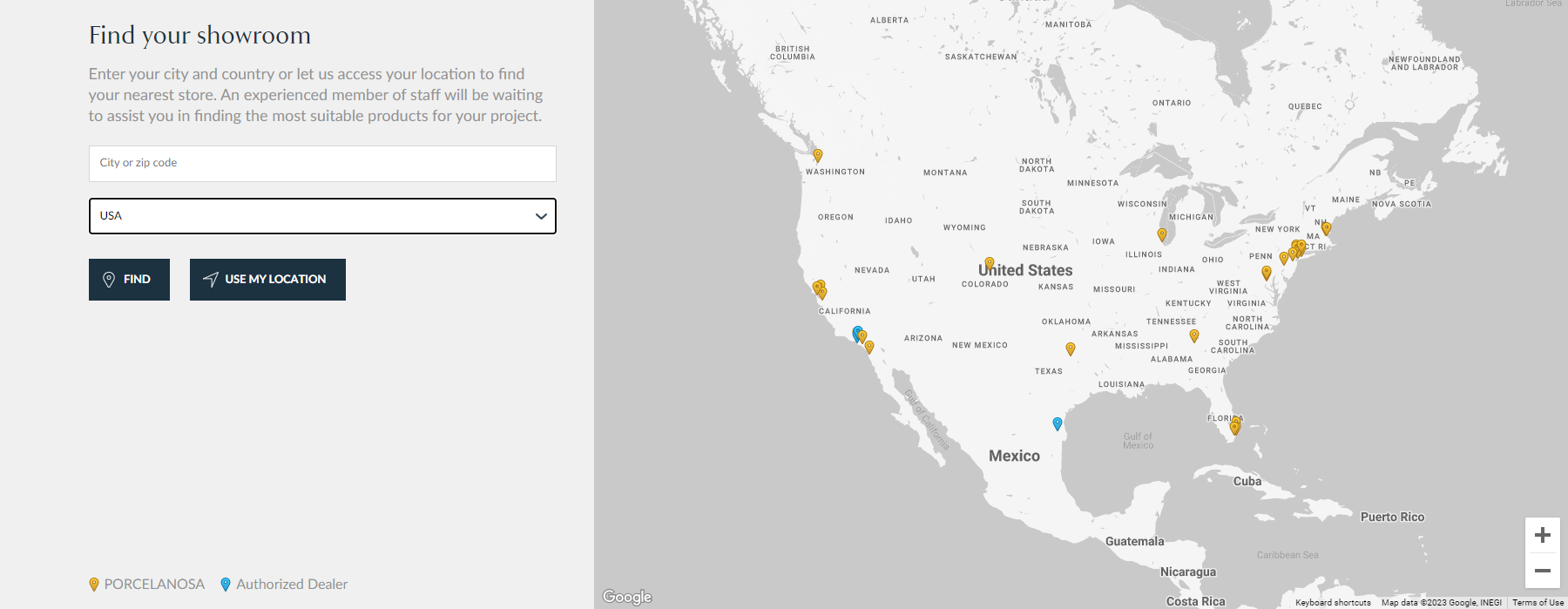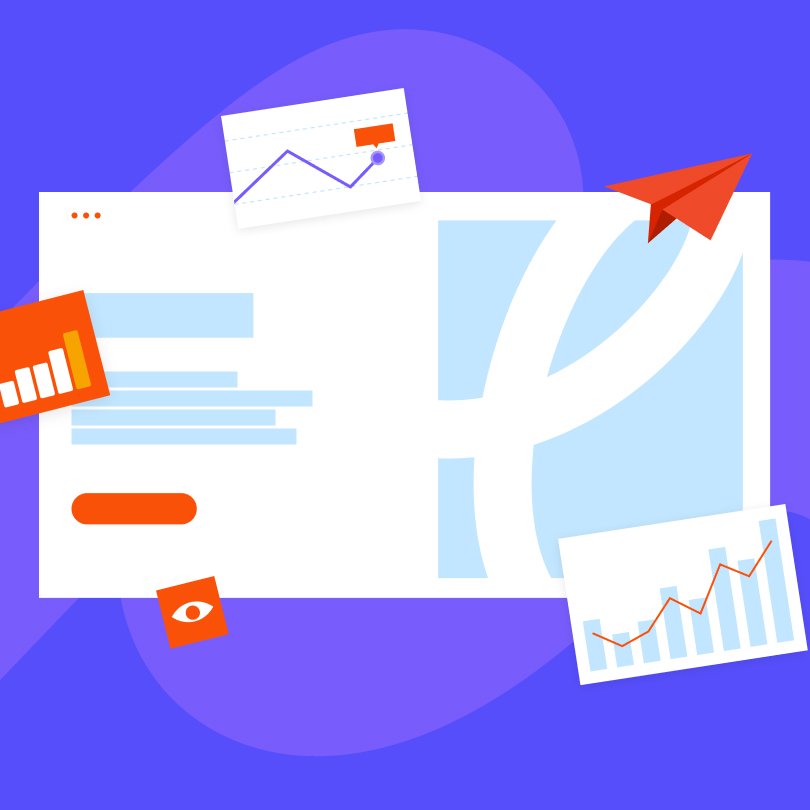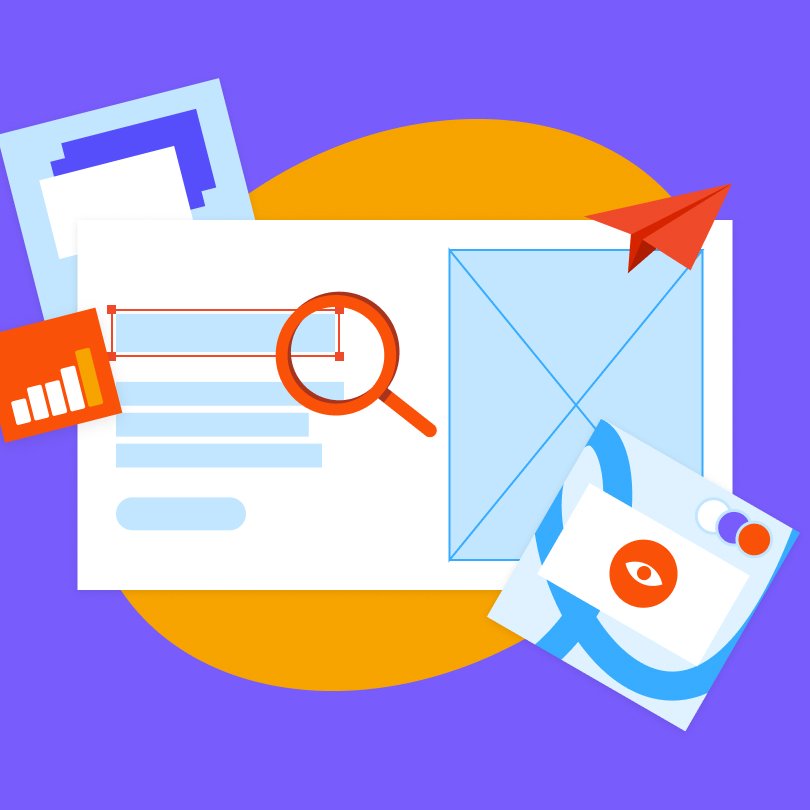The term "personalization" has been a hot topic for a few years now, with web developers, designers, SEO experts, and digital marketers alike. Nowadays, users are looking for highly personalized user experience and will mostly engage with marketed materials on the channels or websites they use continuously. Everything you need to know about the for personalization in user experience.
And sure enough, if done right, personalization can help brands and websites differentiate themselves from their competition by building trust, empathy, and loyalty and establishing a high-impact business.
Personalization in user experience helps you humanize your brands as it signals the following to customers:
- Shows them that the company makes efforts to understand them and their needs
- The customer is the priority of the business.
On that note, a simple example of good personalization best practices of the past would be email. Some sources say personalized subject lines have a 26% better open rate. Another stellar example would be Netflix’s “Top Picks for…” section or the “Because You Watched” row.
Still, how do you get started with personalization? The entire strategy focuses on analytics and data collection to better glimpse what your visitors prefer, expect, and need. In this article, we’ll talk about the basics that will help you better understand personalization in user experience and how it can be a great way to boost conversions.
Defining Personalization
Personalization can be best described as the process that lets a business create a customer journey that caters to every customer’s preferences and needs. In other words, the customer should be acknowledged and accounted for, even if they had little interaction with the brand.
In that regard, personalization places the customer at the focal point, and the brand starts to revolve around them, scaling the personalization in user experience with new and new features and opportunities.
Customization and Personalization in user experience: Knowing the Differences
Ask any experienced team delivering UX design services, and they will gladly let you know that these terms are similar but not interchangeable.
Essentially, both aim to tailor the brand’s content to the preferences of the customers, but the main difference is in the approach they follow to launch the tailored content.
- Personalization happens on the company’s end. People working for or with the company implement the necessary data-driven analytics, come up with assumptions and display the relevant content results automatically. The better the personalization effort, the better the experience. In other words, the brand is in charge of making the decisions to tailor to the user.
- Customization aims to put the user in charge. They can change their profile setting, pictures, work on restricting content, and more.
Main Personalization Types
Typically, experts differentiate between three major personalization types, which are the following:
Explicit Personalization in user experience
This personalization type revolves around the information received from the users, which isn’t built on assumptions. The tailored content features are based on information collected from the user’s browsing and purchase history and from fills and surveys.
Implicit Personalization in user experience
This approach lies on the foundation of the user’s behavioral patterns. The brand uses the information that’s derived from analyzing patterns focused on product usage, helping with the company’s predictive analysis.
These include displaying recommended products based on previous purchases, for example.
Contextual Personalization in user experience
In this approach, the tailored content and features are based on already existing and analyzed data about the consumer. This helps with displaying relevant results, which are more probable to drive conversions or further engagement with the website, content, service, or product.
For example, contextual personalization may use device and location data to come up with relevant results.
The Role of Machine Learning and Artificial Intelligence In Personalization
Today, there is a real need to learn about the preferences of customers, as most online visitors will quickly abandon a website or get frustrated when they can’t find anything relevant they are looking for.
Dynamic personalization can help the content adapt by using data analysis to personalize the experiences of the users. The content offerings are based on the user’s attributes, characteristics, and behaviors.
Naturally, dynamic personalization uses machine learning to learn about and tailor to the preferences and needs of the customers. It learns about user habits and other data from their location, device, demographics, etc. Machine learning and artificial intelligence are crucial for dynamic personalization in user experience as it helps “predict” the users’ behavior towards or with the brand.
Dynamic personalization uses both basic and advanced algorithms to collect and sort data to create a personalized experience.
Why is Personalization in user experience So Important?
Data from revered research centers reveal that personalization plays a vital role in boosting engagement and enhancing customer centricity. As such, it has become a major approach for marketers to attract and convert potential leads.
When a business has a personalized app or site, they provide what the visitors are looking for without them having to ask for it. This minimizes the time and effort the customer spends finding the content they want, improving customer satisfaction and experience, thanks to predictive technology.
Needless to say, personalization can also help with the following:
Boosting Conversion Rates
As mentioned above, personalization provides more relevant and better experiences. This, in most cases, will translate into improved conversion rates.
Better User Engagement
Personalization has the potential to engage site users more effectively, as it makes them feel more special. It helps them form a sense of connectedness to the brand while enforcing their own identity on the site.
Decreasing Information Overload
Too much information on the screen and several options can distract users. Personalization can decrease the number of options and info seen on the screen, improving navigation and simplifying the funnel at the same time.
Improved Brand Affinity, Perception, and Loyalty for Personalized user experience
Personalized experiences will also boost loyalty toward a brand, as users will be more likely to encounter only relevant interactions and content on the app or website. This builds a strong relationship between the customer and the brand in the long run.
Better Lead Generation
Personalizing the experience also means delivering the right message to the right user at the right time, showing your users that you are listening to and caring about them. This won’t only help you build more trust but may also help generate more leads, who may return to take a closer look at your services and products.
Best Practices for Personalized user experience
Most brands are actively pouring money into and pursuing personalization, but in some cases, they simply can’t meet the expectations of their customers. What this means is that it’s crucial to make the right investments and use the right approach to make the efforts count.
That said, here are some considerable practices which may help you get started with providing a more personalized experience for your users.
Gather User Data Responsibly
To get started, you should commit to focusing on first-party data directly from your visitors. You can collect the vital info at sign-up checkpoints, but there are other responsible ways as well:
- Gathering explicit data right after sign-up directly from your users
- Using email addresses to target audiences via email marketing
- Gathering and personalizing the experience via implicit data, such as the behavioral patterns of the user.
On that note, gathering data should be consensual, i.e., the user should give consent before you collect the info. Unauthorized data collection may lead to your efforts backfiring, as users are becoming increasingly reluctant to give out their data, especially when they aren’t even asked about it.
Personalization in user experience: Implementation
Once the numbers are in and the data has been analyzed, you are left to implement contextual, implicit, and explicit personalization.
A good example of implementation would be Spotify, which logs over 100 billion data points daily and uses the information to train the machines and algorithms to develop personalized recommendations, like songs, albums, bands, or even playlists from various artists.

Use Geolocation for Personalized User Experience
Knowing the location of your user is crucial for good personalization strategies, as this enables you to show more personalized content and features to your visitors. This may come in handy if users are looking for your brand’s physical locations (when there are more of them, let’s say, globally).

Push Notifications
While some users will be annoyed by them, push notifications are still a great way to engage with your users when they aren’t using the website or the app. It’s a great way to keep your brand’s name constantly in your users’ minds and send them any updates.

Continue Where Your Users Previously Left Off
You probably know about Netflix’s “Continue Watching for…” feature, which enables users to watch the movie or show where they left off. The app automatically saves the point when they left and recommends continuing to play the video content where they left off.
Similar to this is the strategy that eCommerce sites use when they show the user their previously browsed products. In other cases, brands may even send notifications regarding the status of the products.
These handy little features make perfect sense as the user does not have to keep track of where they are on the site or app and what they are doing. It’s all taken care of, so they can continue where they left off.

The Future of Personalization in User Experience
UX personalization has been around for some time now in some way or another. Marketers have quickly learned that the best way to market a product to potential customers is by showcasing the goods on the channels where the users spend their time and in a way that’s engaging to them.
And as modern technology advances, AI and machine learning will become even better at predicting user patterns and will probably recommend even better results or features. So, will personalization be only a trend? As it seems, it has been the cornerstone of the latest digital paradigm shift, probably making it the norm for years to come.





